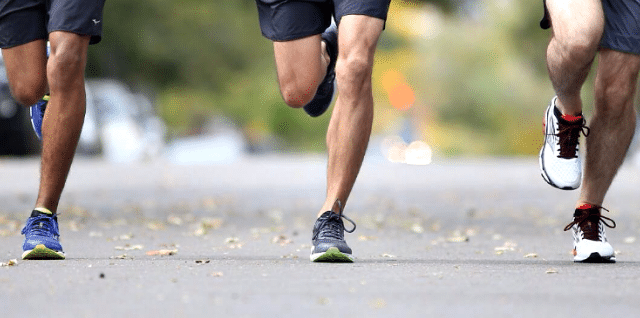Starting to talk about the foot makes perfect sense.
It all starts from here. Every time you land on the foot, the ground reaction force initiates there and moves up the kinematic chain.
The first half of running gait is referred to as an eccentric or cushioning phase, while the second half is referred to as a concentric or propulsion phase.
At impact, the foot is supinated – the outside part of it absorbs most of the initial shock. The foot is safe in a locked position. Just before midstance, the foot pronates and unlocks. Then, as the heel lifts off the ground to prepare for the toe-off, the foot supinates again, allowing the forefoot to become a rigid propulsor, helping the runner to move forward.
Pronation happens during the first half of the stance until the heel lifts off the ground. It combines ankle dorsiflexion, rearfoot version, and forefoot abduction.
Foot pronation is a necessary protective mechanism. It absorbs, adapts, and prepares. It allows impact forces to be diminished over time, helps the foot to handle uneven ground surfaces, and prepares for the propulsion phase by increasing the contact of the first ray of bones with the ground.

